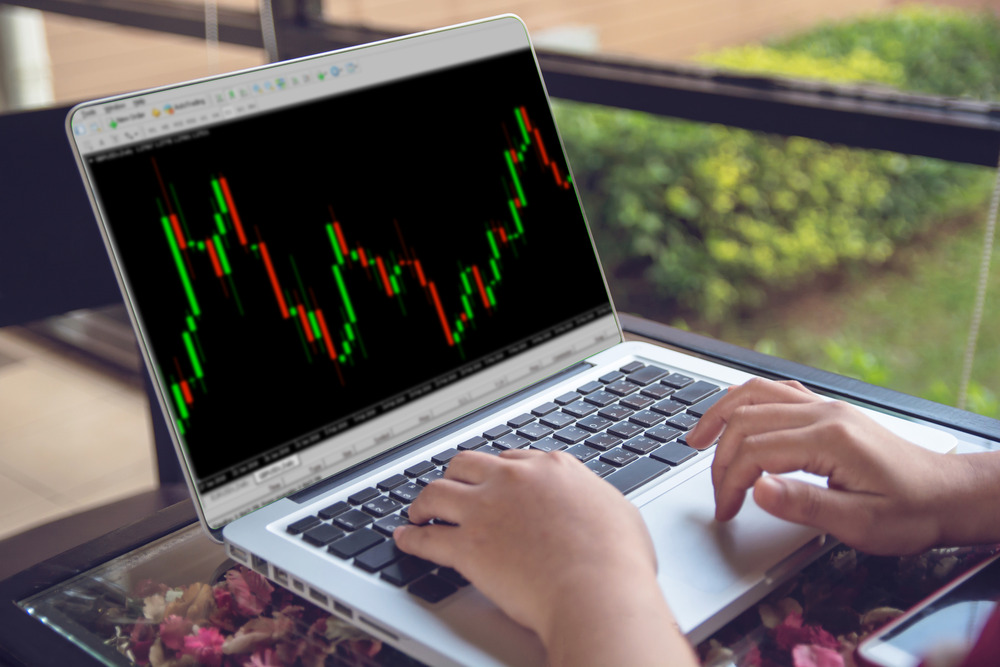Demo vs. Live Accounts: Testing Forex Brokers' Offerings
Embarking on a journey into the world of forex trading requires a comprehensive understanding of the distinctions between demo and live accounts. While demo accounts serve as invaluable training platforms, mirroring real market conditions, transitioning to live accounts reveals nuanced challenges. This blog explores the significant differences between these two realms, shedding light on crucial aspects that traders often encounter.
Demo accounts, designed as training grounds, provide users with a risk-free environment to assess skills, identify weaknesses, and experiment with new strategies. Despite their accuracy in reflecting live market quotes, demo accounts introduce delays. Executions are swift, but the absence of real risk alters traders' performances, influencing psychological factors.
What Is the Difference Between Forex Demo vs. Real Accounts
Before exploring the distinctions, it's crucial to comprehend the variances between forex demo and real accounts. Brokers manage separate data feeds for each, impacting order executions, speed, slippage, stop loss orders, and price feeds.
Your Demo Orders Are Always Executed:
Demo accounts lack liquidity issues, and rare requotes occur. In contrast, live trading involves counterparties, potentially leading to liquidity challenges and requotes.
Execution Speed:
Demo orders are executed almost instantly, as they mirror the real trading environment. However, real trading faces competition from numerous traders, influencing execution speed based on market conditions.
Slippage:
Demo accounts honor orders precisely, while slippage may occur in real accounts due to liquidity and third-party involvement.
Stop Loss Orders:
Real accounts may face challenges executing stop loss orders in fast-moving markets, a situation controlled in demo accounts.
Prices Are Different:
Live accounts provide real-time prices, while demo accounts may experience delays of a few minutes due to separate data feeds.
Differential Spreads:
Demo accounts offer fixed spreads, contrasting with variable spreads in live accounts influenced by market conditions.
Hidden Fees:
Demo accounts lack the same fee structures as real accounts, omitting deposit, withdrawal, and overnight fees, providing a different fee experience.
Psychology:
Psychological factors differentiate successful trading in demo accounts from real live accounts, primarily due to the prospect of losing real money.
Commencing a trading career with a forex demo account is recommended for learning the basics. However, it's essential to recognize that certain skills only develop when trading with real money at risk. The transition is akin to removing training wheels from a bicycle, there's more to learn even after the initial stages.
How to Open a Demo Forex Account
Embarking on your forex trading journey begins with creating a demo account. Follow these three straightforward steps:
Registration with Your Chosen Broker
Start by registering with your preferred broker. Typically, this involves providing basic personal details such as your name, phone number, email, address, identification number, and password. Ensure you meet the minimum age requirement, usually set at 18 years.
Identifying Your Account Type
Brokers offer various account types, such as standard proprietary accounts, cTrader accounts, MetaTrader accounts, and ECN accounts. Consider your trading preferences and priorities when selecting an account type. Some brokers specialize in specific account types, such as cTrader brokers, MetaTrader brokers, ECN brokers, NDD brokers, and more.
Accessing Virtual Funds for Experimentation
Once registered, you gain access to virtual funds provided by the broker. Utilize this virtual capital to experiment with different trading strategies and get accustomed to the platform. Note that some brokers may impose a time limit on the use of demo accounts.
How to Open a Live Forex Account
Transitioning to a live forex account involves a more comprehensive process. Follow the steps below to seamlessly navigate the transition.
Registration with Personal Details
Begin by registering your live account using accurate personal details and creating a secure password.
Suitability Test
Some brokers may require you to take a suitability test to assess your aptitude for trading various financial assets, including derivatives. This test typically consists of a simple questionnaire, with instant results.
Identity Verification
For security reasons, brokers mandate proof of identity. Submit copies of identity documents such as your ID card, passport, or birth certificate. Additionally, provide documents confirming your physical address, such as a bank statement or utility bill not older than three months.
Account Funding
Once your identity is verified, proceed to fund your live account. Be aware of varying minimum deposit requirements among brokers, and ensure the deposited amount aligns with your budget before finalizing your choice.
With these steps, you'll be well-equipped to transition from exploring forex trading in a simulated environment to engaging in the dynamic realm of live trading. Remember, a thoughtful and informed approach is key to a successful trading experience.
Conclusion
In conclusion, the journey from demo to live forex trading accounts is marked by nuanced differences that impact traders' experiences. Navigating these disparities with awareness and preparation is key to building a successful trading career. Whether in a simulated or live environment, continual learning remains essential for sustained success in the dynamic world of forex trading.
